Visit the Ming Dynasty wall, one of the best preserved in China
The fortification of the City of Xi’an , the former capital of the China and today the capital of Shaanxi Province, in the center of the Guanzhong plain, has the ramparts among the oldest and best preserved in China. The wall was built in the 14th century by Zhu Yuanzhang (also known as the Ming Hongwu ), the first emperor of the dynasty Ming , under the advice of a hermit who told him to “build high walls, supply himself abundantly with food and take the time to be an emperor”, so that he can strengthen the city and unify the other states. After the creation of the Ming Dynasty, Zhu Yuanzhang followed his advice and began to enlarge the wall originally built during the reign of the old Tang Dynasty (618-907), creating the new ramparts of the city of Xian. These are the most comprehensive ramparts that have survived in China, as they are one of the world’s largest former military defence systems.
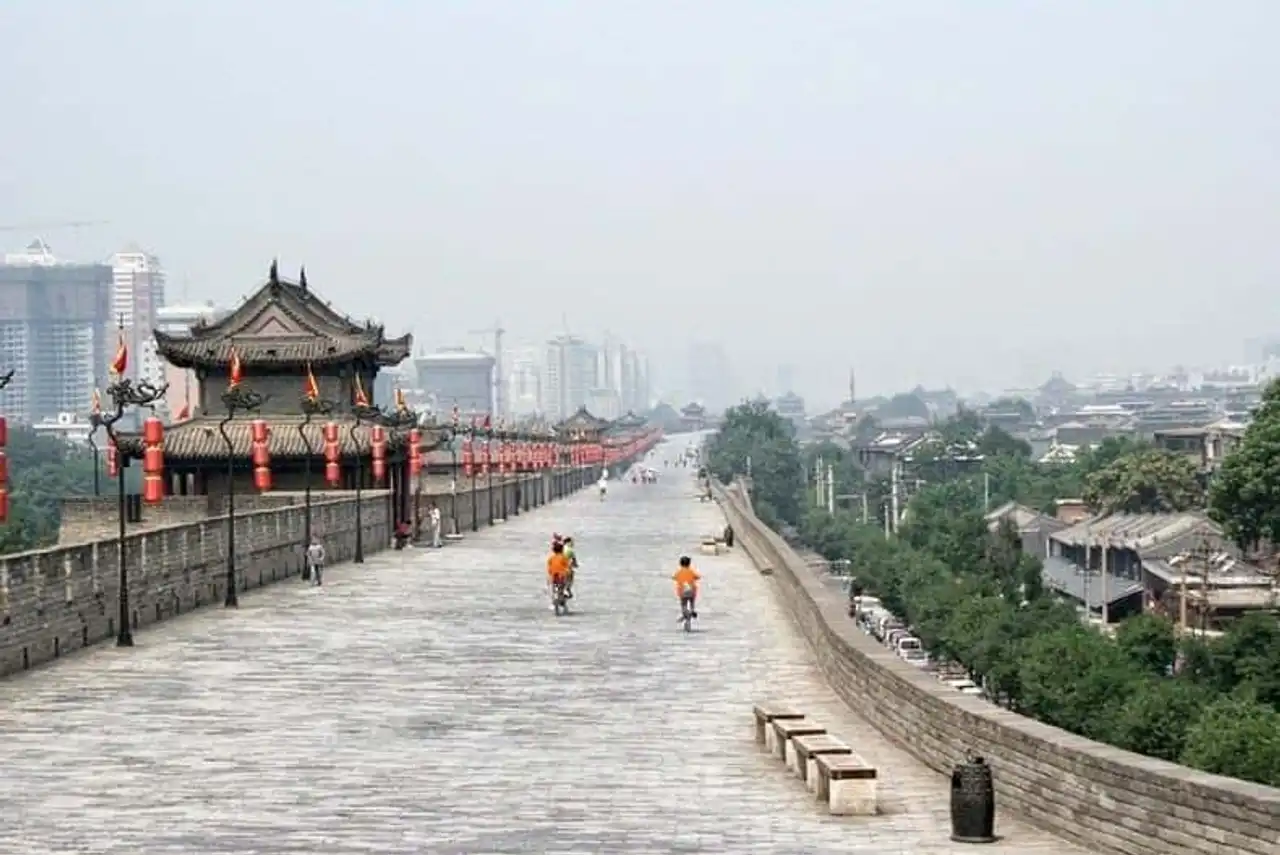
Flickr – Tim Dawson
The original wall of the city of Xi’an began in 194 before our era and took 4 years to be completed. Once completed, the wall measured 25.7 km long and 12-16 m thick at the base, and encircled an area of 36 km2 . The first wall of the city was built with land, lime, and extracts of gluant rice, all crushed together. Later, the wall was completely covered with bricks.
The wall of Xi’an, after its enlargement under the Ming Dynasty, stands at 12 meters high . On the upper part, the wall is 12-14 metres thick, and 15-18 metres thick at the base. Thus, it defined a much smaller area with 13.7 km long and an area of approximately 14 km2 in the city. There is an extra wall every 120 metres that adds to the main wall and allows the soldiers to see the enemies attempt to climb the wall. The distance between each ramppart was sufficient to reach the assailants with arrows.

Flickr – Jack Zalium
There are four main gates within the ramparts, which were the only way to enter and exit the city in ancient times. Each opening is dominated by sentinels arranged over three towers. A wide ditch makes the city round. At the top of this ditch there were huge bridges-levis, which were designed to stop any entrance and exit into the city, once lifted.
Today, the Ming Dynasty wall is largely intact and open to visitors. It is possible to walk along the ramparts, however, the bike is the best way to discover the historic wall. There is a "road" on the top of the perfect wall to walk or ride a bike. In fact, the bike on the wall is one of the most popular activities Xi’an. The bike is also an excellent way to visit the old town.
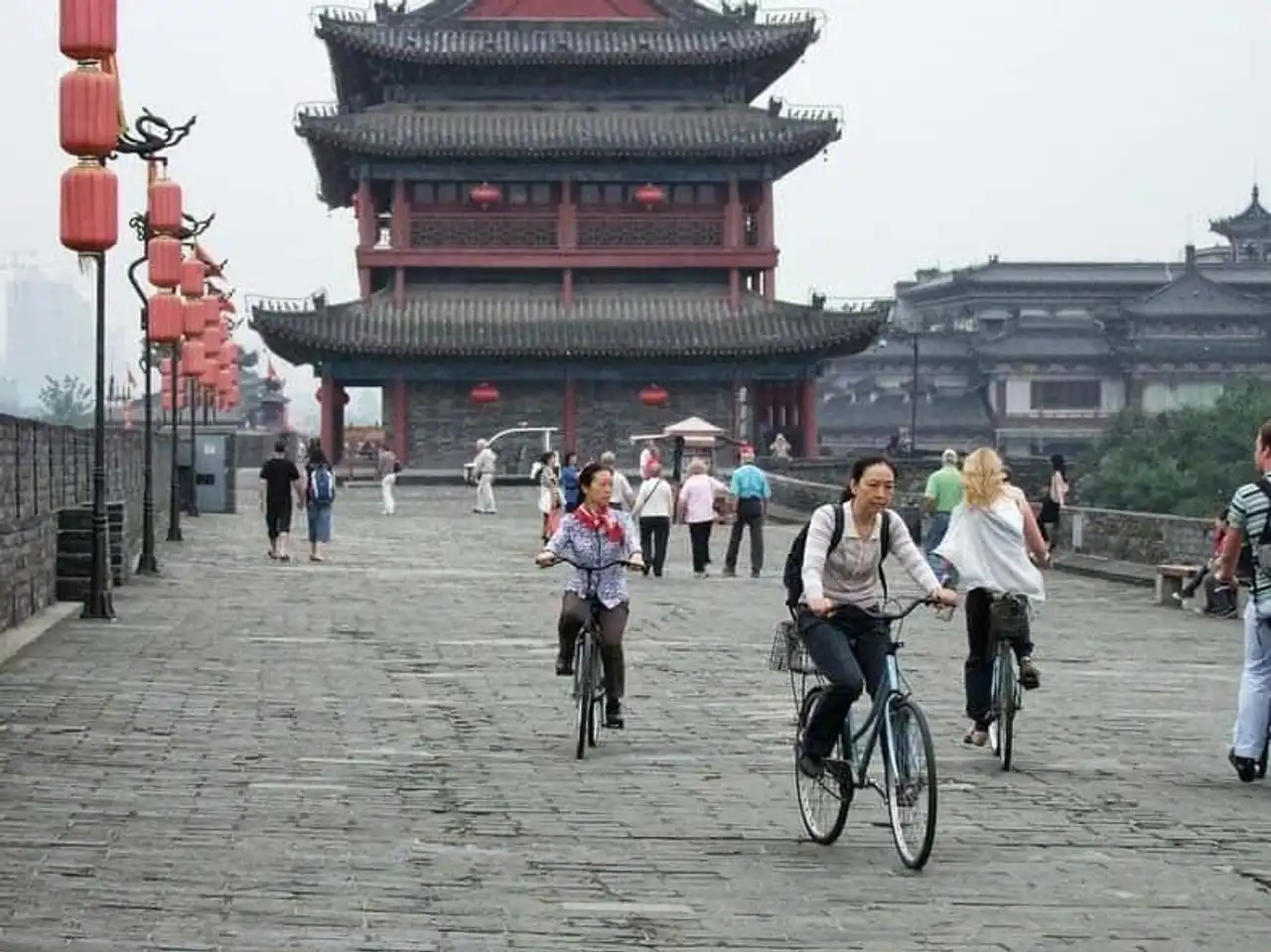
Flickr – Phil Parsons
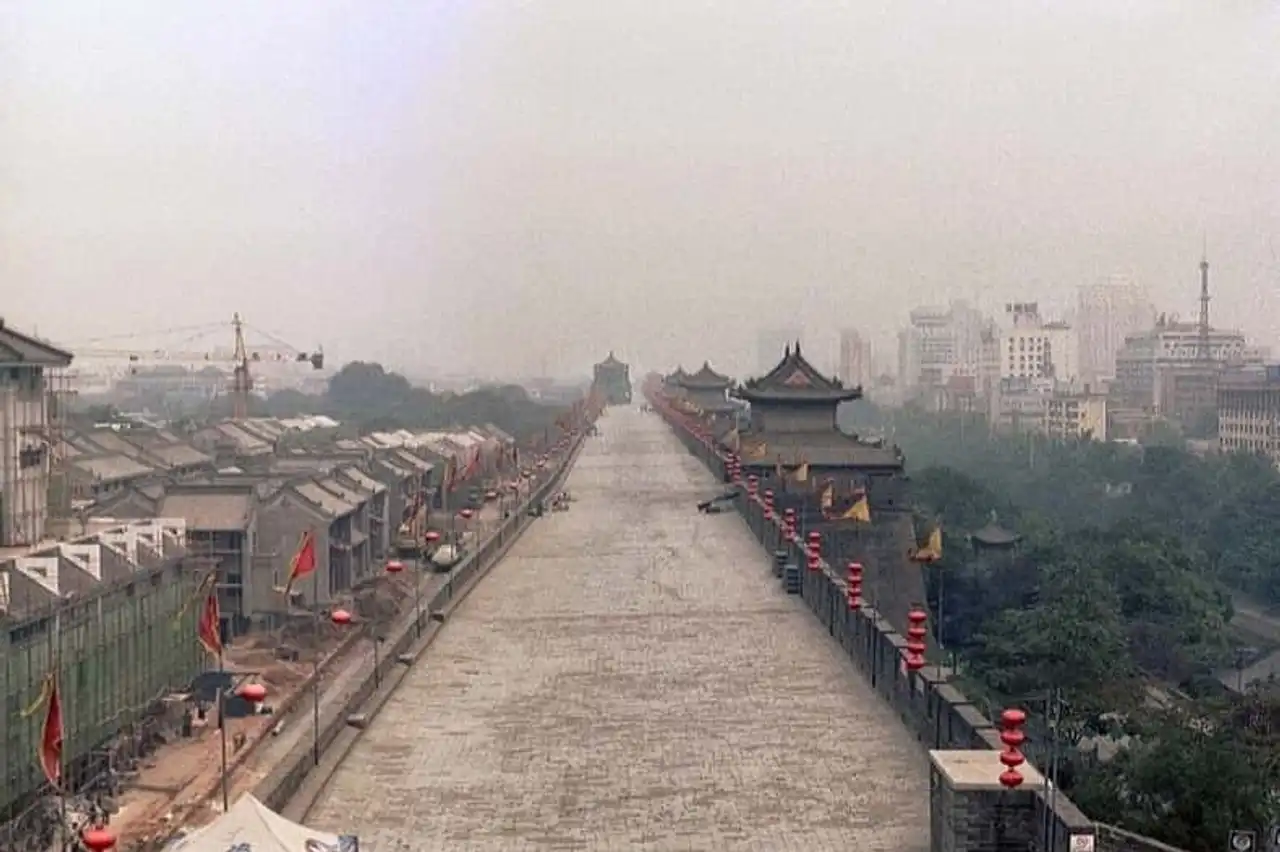
Flickr – David Singleton
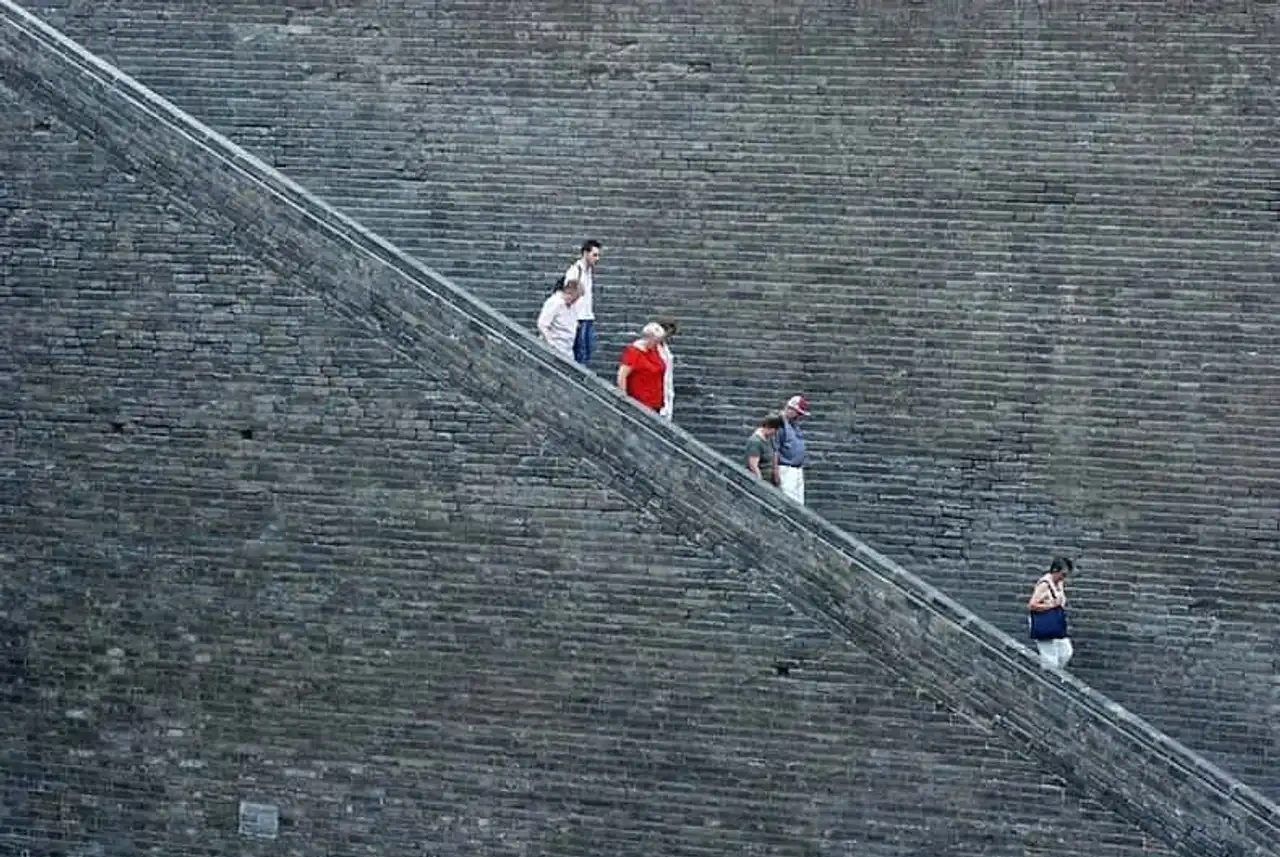
Flickr – adam.
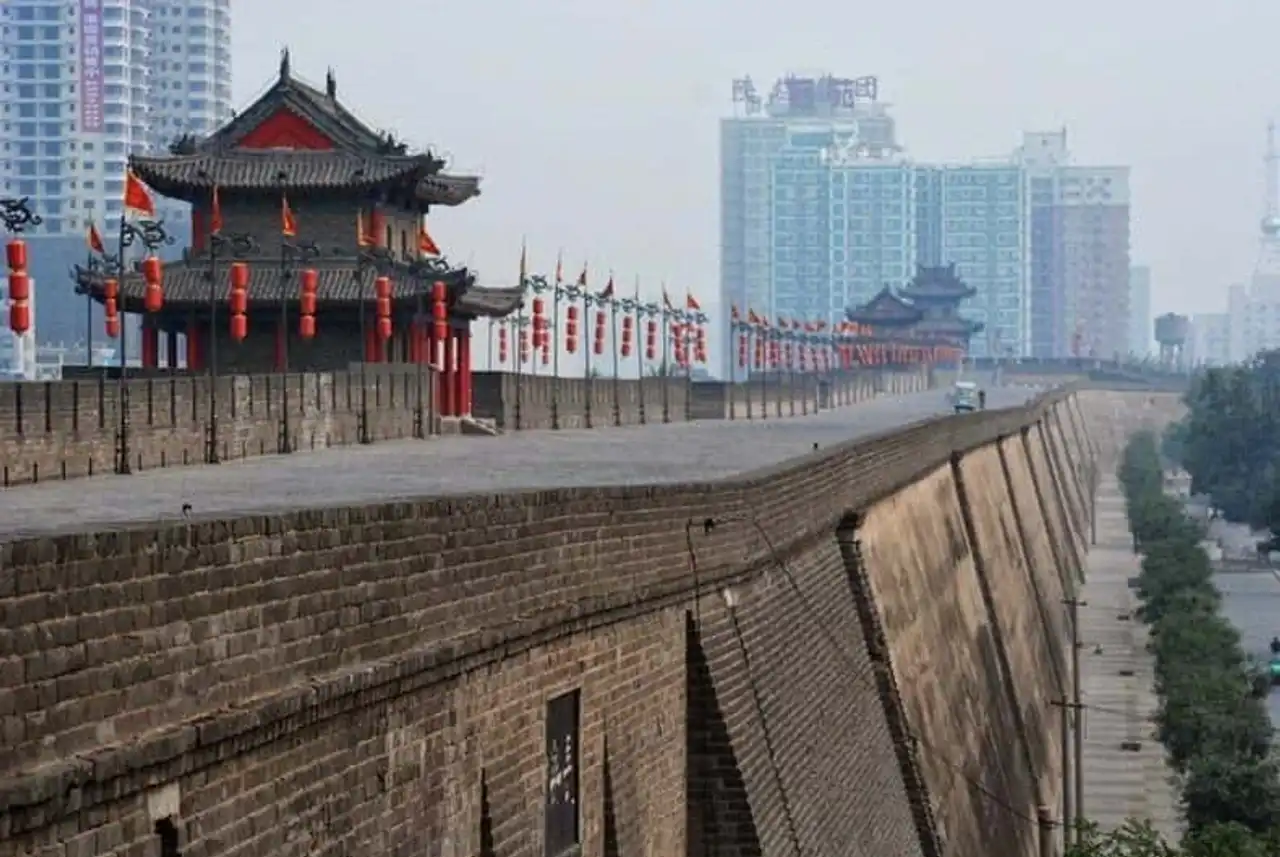
Flickr – adam.
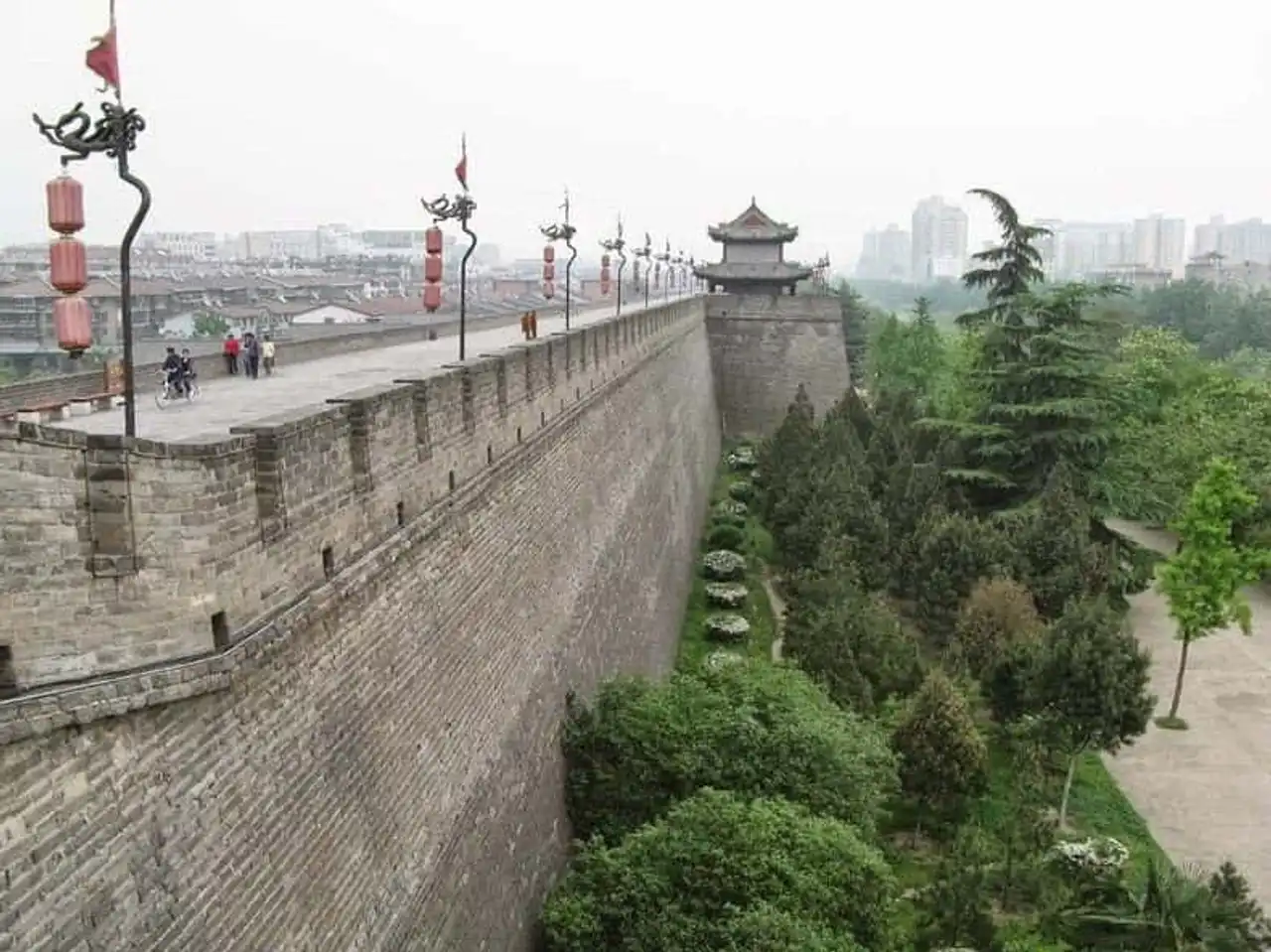
Flickr – Ian Armstrong
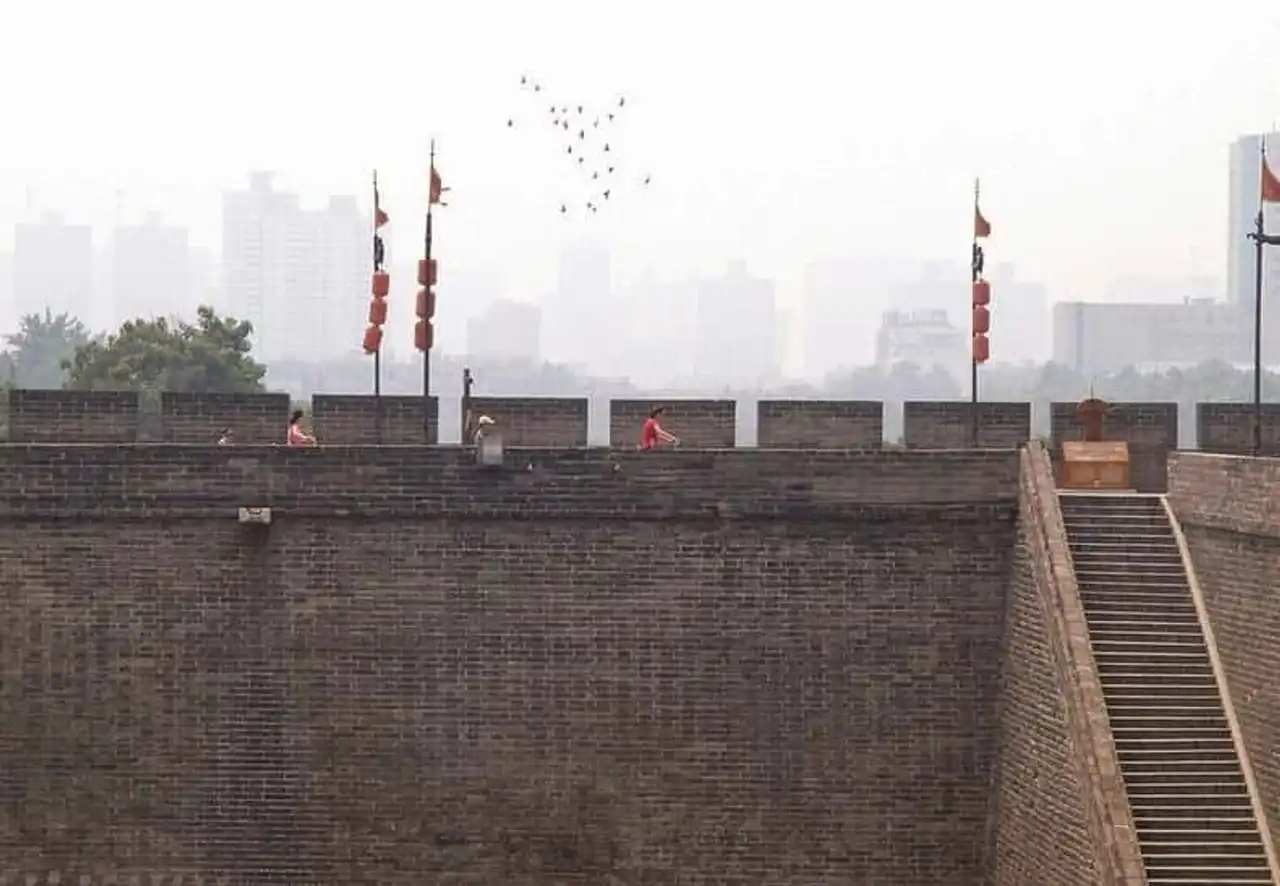
Flickr – mararie
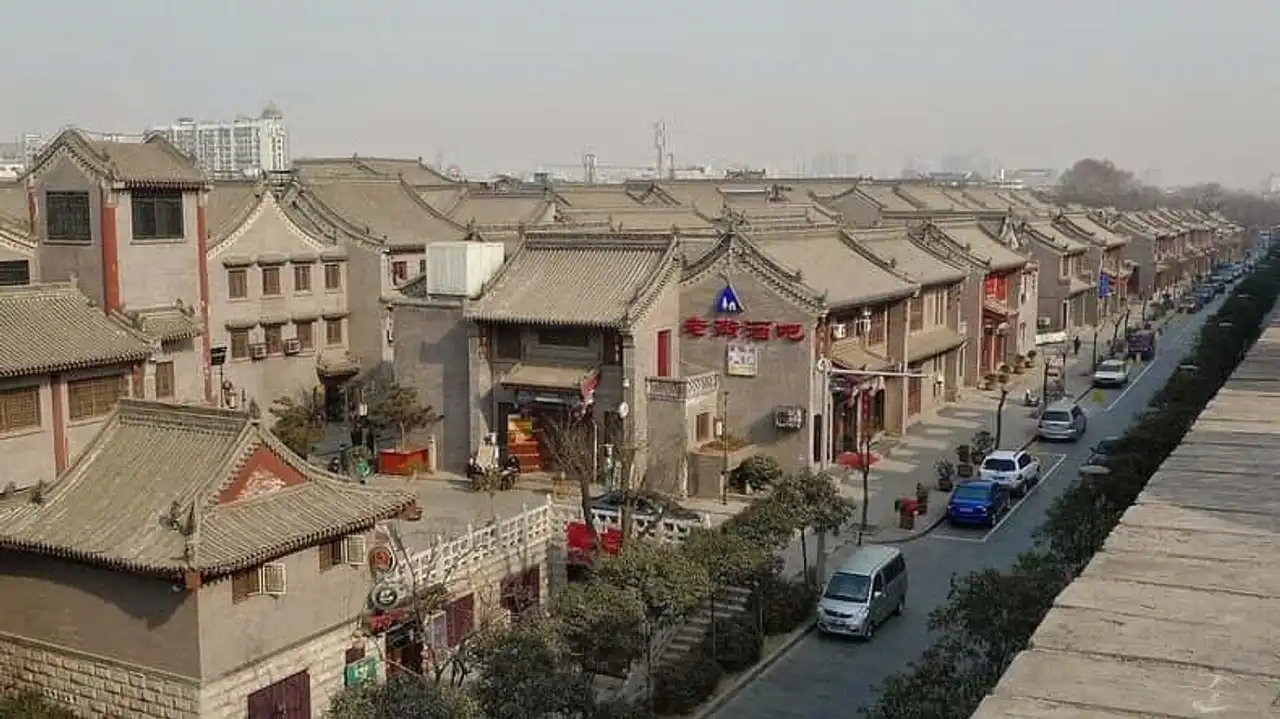
Flickr – David
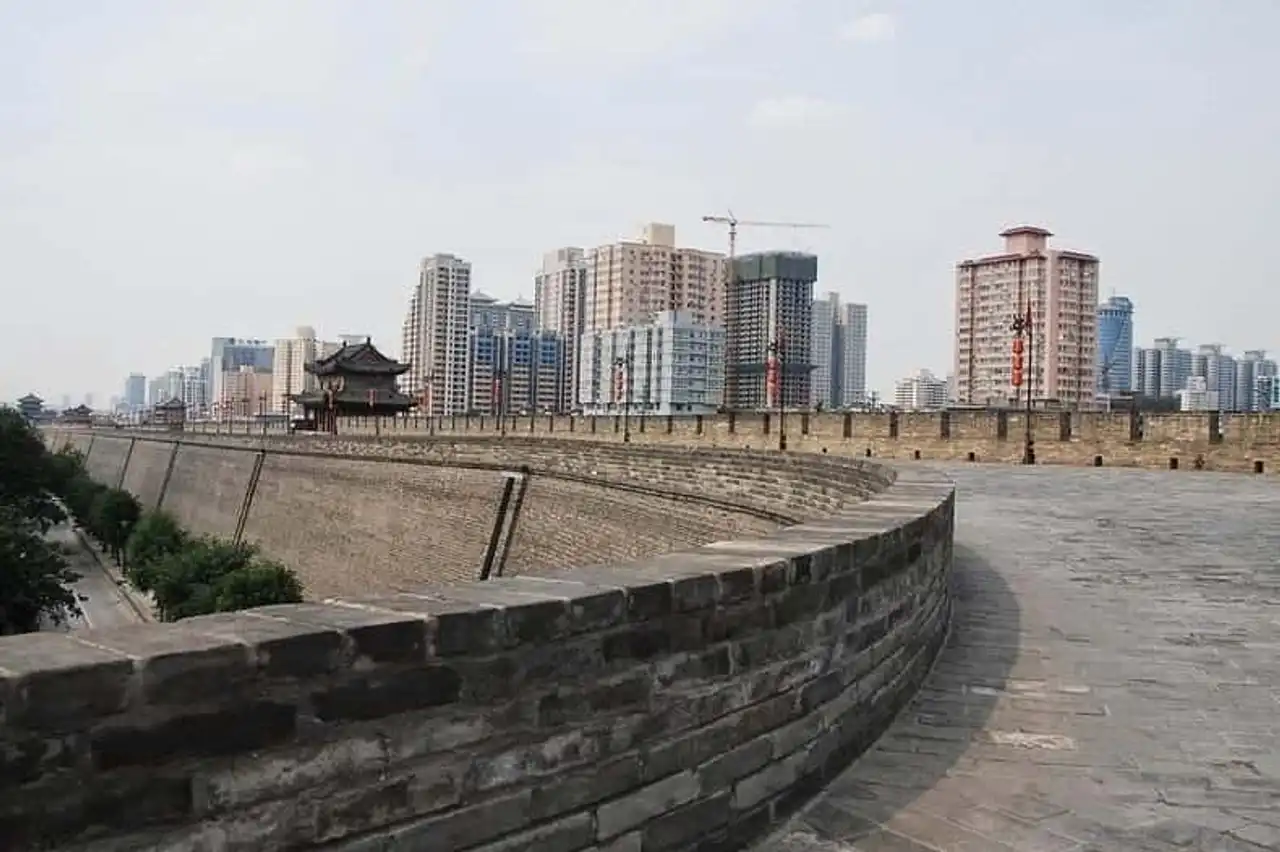
Flickr – namealus
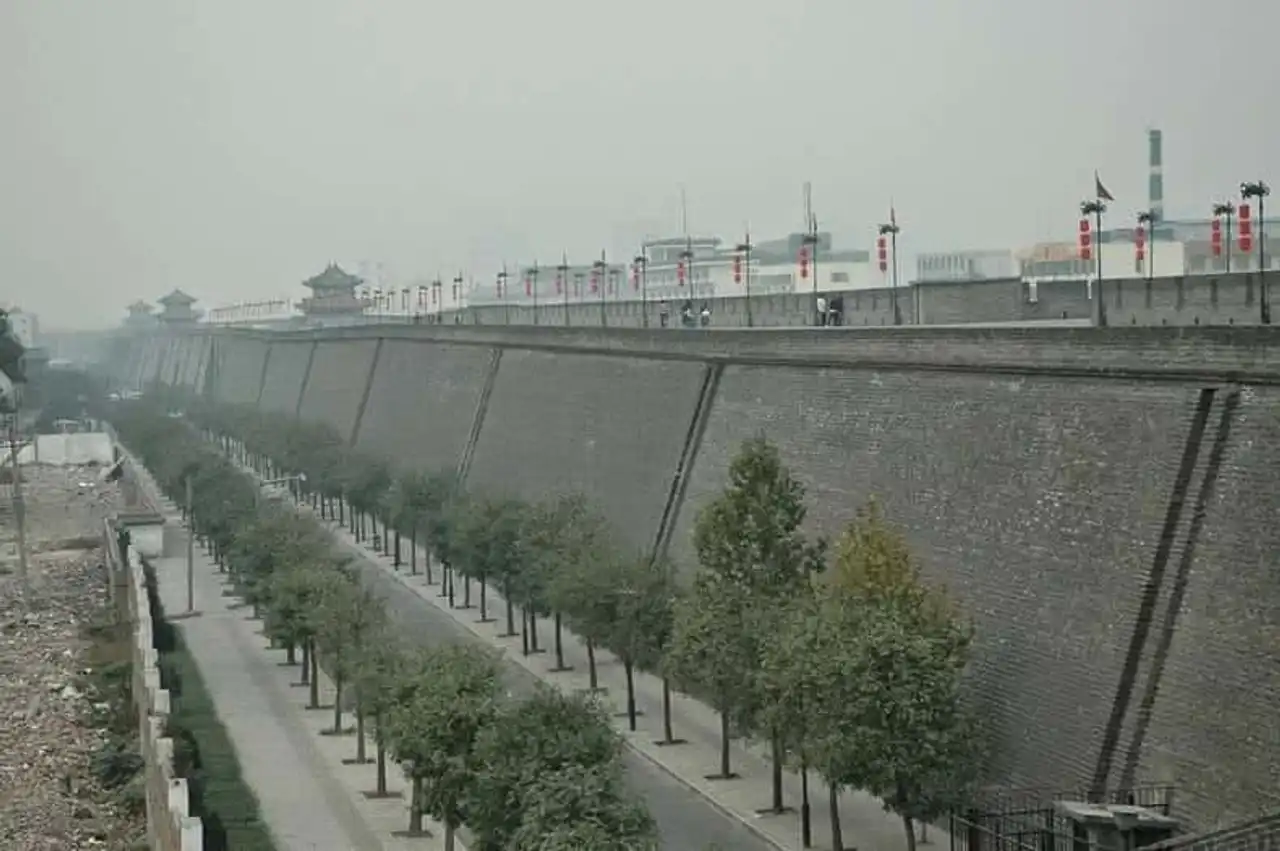
Flickr – Shawn Morgan
Aerial view of the city of Xi’an and city plan:
See also in the vicinity of Xi’an: the Cuite Army of the Emperor Qin
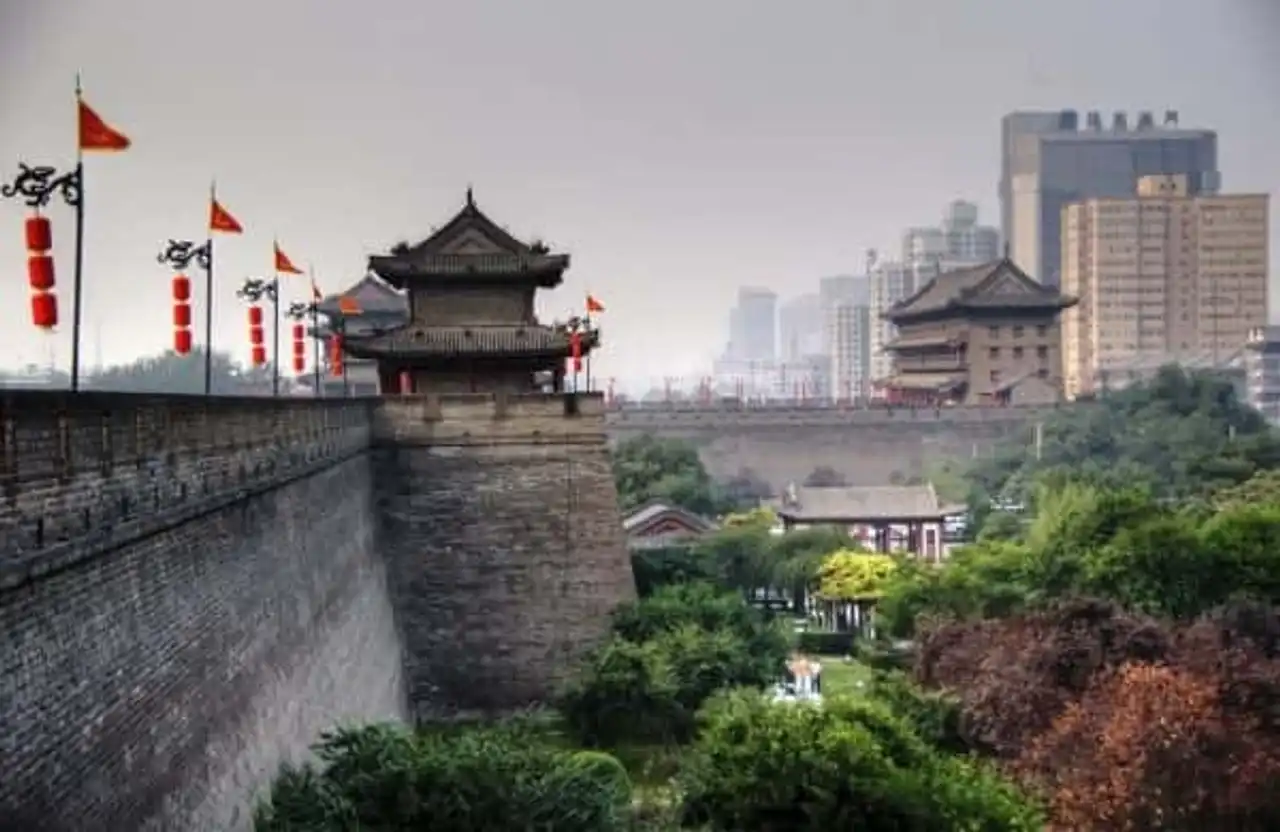







Loading comments ...